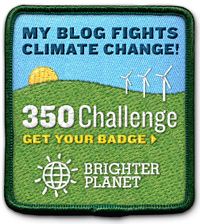Alaska, which has only been a state for 50 years, will suffer the most from climate change; and not only the environment but the people as well. So far Alaska's coast has been changed considerably by erosion and flooding brought on by lack of ice in the fall and winter. Normally, the ice covered sea surrounding Alaskan communities on the northwestern coast blocks storms and high water from reaching the land. Because of a rise in temperature by 3.1 degrees over the past decades, this ice is either no longer present or forms later than it used to. This ice used to protect indigenous peoples villages on the coast but most are now threatened with survival because of the impact of decreased ice, intense storms, and flooding destroying their infrastructure. Many remote, off the grid communities are having to be relocated so that these people do not lose their precious culture. These communities want to stay together but the possibility of relocating is often difficult because this costs so much for our government.
Currently, not much has been proposed to help these communities in the long term, but there are some short term options. Mainly so far, rock walls are built along shores to act as a buffer to the waves, but still this is expensive, costing around 25 millions dollars for a completed project. There are many plans to move communities but only the future can tell if these plans can be carried out to save these indigenous communities that add to the meaning of our native country.

This picture is of the small indigenous village of Kivalina, Alaska which is experiencing loss of sea ice. Coastal erosion threatens the safety of their fuel storage tanks. Without these tanks the village cannot survive the winter and without the ice surrounding the community, it is very hard to travel to and from the area. An eight mile sand strip as the only way to get to the community by land. A community like this would suffer a great deal without the ice if they ever needed to evacuate because they have practically no where to go.



No comments:
Post a Comment